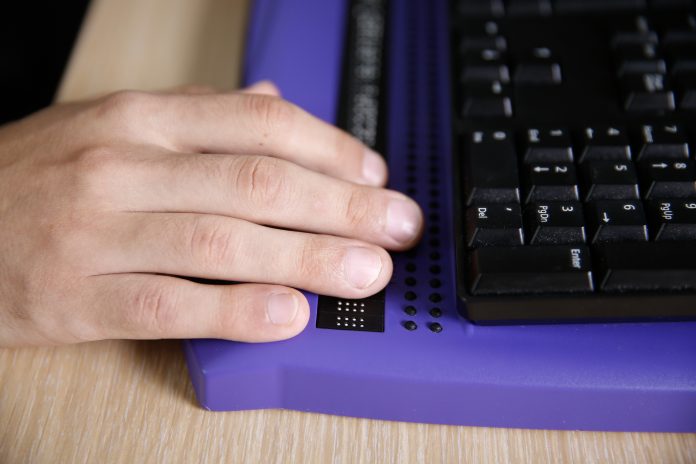Can technology be leveraged to obtain assistance in the digital age? Here, Mike Taylor, Senior Accessibility Analyst, Comms and Training Manager from the Digital Accessibility Centre, explores the use of virtual assistants
In a world where we are all living longer and technology is getting smarter, there will likely be scenarios where we will need additional support at some point. Support can take many forms, ranging from something amazingly simple to a significant request. However, it’s never been so easy to obtain support.
Virtual assistants: Obtaining support using technology
Various factors affecting how a person gets assistance may be determined by their confidence level in asking for assistance with something or how comfortable an individual is with technology.
At the most basic form, obtaining support using technology could be something as simple as looking at the electronic timetable to check a departing train, or when the next bus is due to arrive.
Another example I remember is as a child; my Dad had one of those tiny pocket-sized calculators, which performed simple maths equations that can now be performed using a similar function in most smartphones. Maybe the science-fiction fans reading this could predict what was coming. However, little did I know in the mid-1980s that it would be just one of many different strands of using the technology to achieve something.
Discussing the idea of getting support in any scenario could provoke many responses. For example, some people like me will not ask for support unless they really need it or unless I’m in a hurry and trying to get somewhere quickly. Other individuals will simply ask when required, which reduces possible stress in the long term while trying to resolve an issue independently. Either way, multiple views also relate to our use of technology.
Using technology as a blind person
Using technology as a blind person has enabled me to do many things, such as discussing the idea of obtaining support. Many apps now can be used to detect currency by holding a note up to my phone camera, using artificial intelligence, or a real person to help me identify if printed material is important when it drops through the letterbox.
Recently, I used an app called Be My Eyes to connect to a volunteer who was able to give me cooking instructions for a product.
In contrast, a different app called Aira connected me to someone who enabled me to find the correct entrance to a building. Using both apps requires confidence in using a smartphone and, of course, in how your data is used to access the needed support.
I recently participated in a discussion where an individual needed something that could connect them to an elderly relative if support was needed. We eventually decided that an Echo Sho was the most likely solution for their requirements. An echo show is much the same as an Alexa device, with a screen and a camera so you can video call another person, similar to what we can do with our Android or I-devices.
I’m not sure how successful the use case is for my friend at the time of writing; however, the intention is that they can be available for their relative as needed; all they need to do is set it up and give some basic instructions on how to use the device. A simple approach in how it’s intended. However, a more significant consideration is the privacy issue and whether or not their relative feels comfortable using the device to obtain support.
Encouraging digital independence
Encouraging digital independence is not a one-size-fits-all approach, as some users may not feel confident talking to a screen or speaker initially, if at all, and varying levels of interaction should be considered. While I’m familiar with the idea of talking or typing to chatbots and virtual assistants, I doubt that my late parents would jump at the idea as much as I have.
What I believe will help, however, is the ability to verbalise a command, such as talking to virtual assistants, rather than being concerned with pressing the correct button or accessing the correct menu. That said, many solutions should be provided so that users can utilise the technology to obtain assistance in as many different ways as possible.
This level of multi-paths to support requests already exists as it is possible to utilise Chat GPT and Siri to either type or talk when getting assistance. It’s my view, however, that both tech companies and us, who are tech-aware, should be mindful of the concerns of those who do not yet share our optimism.
One way to resolve this is to have built-in tutorials that allow users to go through a quick ‘getting started’ guide when first setting up a virtual assistant. You can indeed ask Alexa, Siri, or ChatGPT, ‘What can you do?’ for example.
However, this is something that may not be obvious to someone who is concerned about such technology. Suppose technology is going to be revolutionary in how it assists us or how it can connect us to a real person for support. In that case, I believe it also should be just as revolutionary in helping people get started using such technology, helping the end user and the individual provide support to get the best out of the technology while maintaining privacy and security.

This work is licensed under Creative Commons Attribution-NonCommercial-NoDerivatives 4.0 International.











